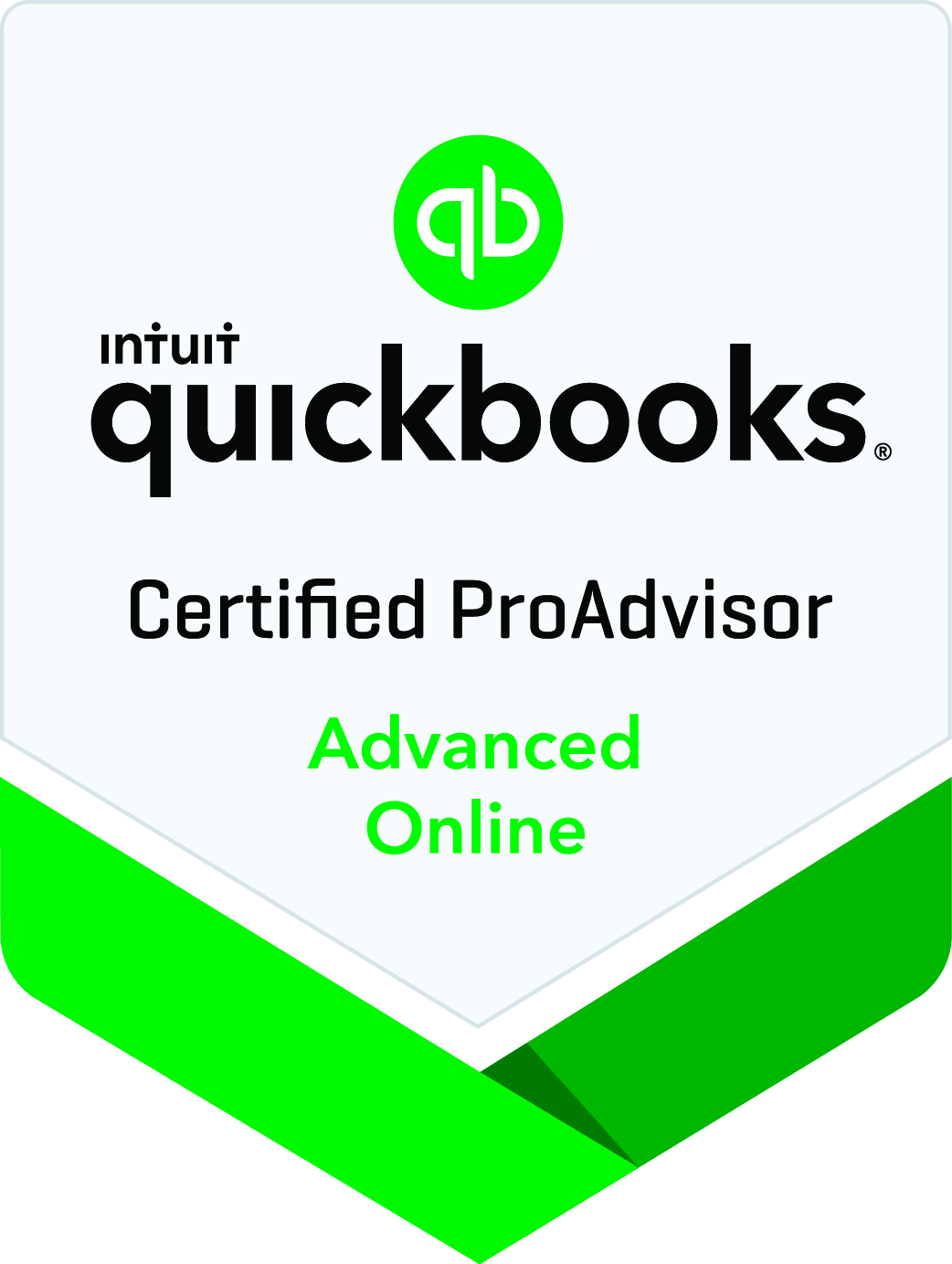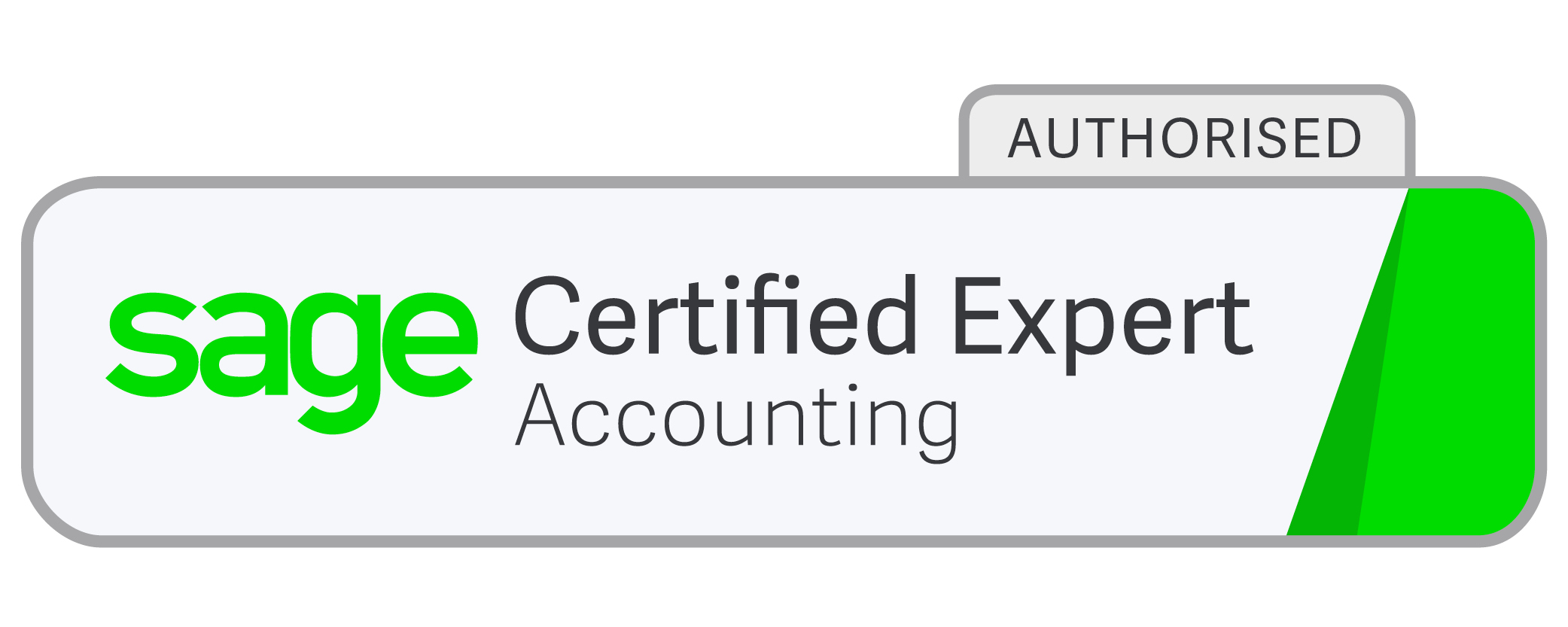Budget 20th March 2013
George Osborne announced a number of tax breaks and incentives for small businesses and employers in his Budget Statement, but many of these changes are not due to come into effect until April 2014 or later. The tax rates and thresholds for most taxes for 2013/14 were announced in December 2012.
As always there are new rules to prevent tax avoidance, some of which may impinge on small businesses.
This newsletter is based on the documents released on 20 March 2013. It is possible that a different position will be shown by the draft legislation which will be published on 28 March 2013. We will keep you informed of any significant developments.
In this analysis we have concentrated on the main measures that will directly affect individuals, employers and small businesses.
Employers
Employment Allowance
The big news for employers is a new Employment Allowance of £2,000 per year for all businesses and charities to offset against the cost of employer's class 1 NI contributions. This should provide a real reduction in the cost of employing workers by all types of businesses - not just new employees taken on by new businesses. The new employment allowance will reduce employer's NICs paid after 5 April 2014.
NI rates 2013/14
For 2013/14 the main rates and thresholds for NI contributions are:
Lower Earnings Limit (LEL) for Class 1 NICs - £109/week
Employer's class 1 above £148/week not contracted out - 13.8%
Employee's class 1 not contracted out from £149 to £797/week - 12%
Employee's additional class 1 above £797/week - 2%
Self-employed small earnings exemption - £5,725 per annum
Self-employed class 4 from £7,755 to £41,450 per annum - 9%
Self-employed class 4 additional rate above £41,450 per annum - 2%
Self-employed class 2 - £2.70 per week
Voluntary contributions class 3 - £13.55 per week
Contracting Out
Contracted out rates for NI are 10.6% for employees and 10.4% for employers, but those reduced rates only apply for members of salary-related pension schemes. All contracted out rates will cease in April 2016, when the new flat rate state pension comes into effect.
Employee Shares
Employee share schemes can be incredibly complex to set up and administer. However, the Government believes employee involvement in the companies they work for is a good thing, and employees owning shares in their employing company is the way to achieve this.
- Employee shareholder status. A new type of share scheme will permit employees to take up shares offered by their employer, in return for giving up certain employment rights such as the right to statutory redundancy pay. Normally an employee is taxed on shares received, like salary, but the first £2,000 of shares awarded to the employee under this scheme will be tax and NI free. The employer will be able to give up to £50,000 of shares to each employee, but any value of shares above £2,000 will be immediately taxable and subject to NICs.
When the employee sells those shares any gains they make will be tax free, even if the employee has taken up the full quota of £50,000 of shares initially. The company will be able to claim tax relief on the value of shares given to employees. This new scheme is due to apply for shares provided on and after 1 September 2013.
- EMI shares. The Enterprise Management Incentive scheme (EMI) is an existing share scheme that allows smaller companies to award up to £250,000 of share options to key employees. The shares are not tax free on disposal, but employees can now qualify for entrepreneurs' relief which applies a tax rate of 10% on any taxable gains made on the EMI shares. The employee must still work for the company at the time he sells the EMI shares and must have held those shares for at least one year.
That last condition can cause a problem, as the employee usually holds the EMI share options and sells the actual EMI shares as soon as they are acquired. The law will now be changed to allow the period of holding EMI share options to count as a period of holding the EMI shares. Also, if the company is taken over or re-organises its shares, any shares acquired in exchange for EMI shares count as if they were EMI shares.
- Other share schemes. Other tax advantaged share schemes normally have to be individually approved by HMRC, but the Government has proposed that employers will be able to self-certify share schemes from 2014. This will make it easier for companies to set up a share scheme for their employees.
Loans to Employees
Employees who take an interest-free or low-interest loan from their employer are treated as receiving a taxable benefit if the loan exceeds £5,000 at any point in the tax year. This threshold will rise to £10,000 from 6 April 2014. This increase is designed to allow employees to take loans to buy annual rail tickets, which now exceed £5,000 in many areas, although applies to loans for any purpose.
The rules for loans made to company owners have been tightened up - see loans to participators below.
Cars, Vans & Fuel
Company Car Benefit
The taxable benefit of having the private use of a company car is based on a percentage of the original list price for the vehicle. For 2013/14 the percentage varies from 5% for vehicles with CO2 emissions up to 75g/km, 10% from 75 to 95g/km, and increases by 1% for every 5g/km of CO2 emissions, up to a maximum of 35%. This scale of percentages increases every year such that a higher amount of the list price of the same vehicle is taxed each year.
From 6 April 2015 cars with CO2 emissions in the band 0-50g/km will be taxed at 5% of list price, and those in the band 51-75g/km with be taxed at 9% of list price. Cars with CO2 emissions of 76g- 94g/km will be taxed at 13% of list price, with the percentage increasing in 1% steps for each additional 5g/km, up to a new maximum of 37%. Further increases in the percentages of list price have been published for the years 2016/17 to 2019/20.
Fuel Benefit
Where a company car driver receives free fuel, the taxable benefit is calculated as the percentage of the list price for the car applied to the fuel charge multiplier set at £21,100 for 2013/14 (£20,200 for 2012/13). The maximum taxable benefit of receiving free road fuel for private use will increase from £7,070 (2012/13) to £7,385 for 2013/14.
The taxable benefit when fuel is provided for private use in a company van will rise from £550 for 2012/13 to £564 for 2013/14. In future years the fuel benefit multiplier for cars and the van fuel benefit will increase in line with the rate of inflation as measured by the RPI.
Business Taxes
Cash Basis
Unincorporated businesses will be permitted to calculate profits and losses for tax purposes using the cash accounting basis, rather than the standard accruals accounting basis. The cash basis ignores all creditors, debtors, prepayments and accruals, and includes flat rate amounts for certain expenses such as a motoring or use of home for business purposes.
This cash basis will be compulsory for anyone who claims Universal Credit, but it can only be used by businesses whose turnover, when they start to use the cash basis, is under the VAT registration threshold. The business will be required to continue using the cash basis until it is no longer suitable for them, perhaps when the turnover exceeds a certain threshold. This will prevent businesses from opting in and out of the cash basis to gain a tax advantage. The cash basis can be applied from 6 April 2013.
Partnerships
The taxation of partnerships can be very complex, so the Government has asked the Office for Tax Simplification to make suggestions to simplify tax for partners and partnerships.
Alongside this review the Government is considering changes to the self-employed status of the members of LLPs, and restrictions on the variation of profit allocations within the LLP. These changes may make the taxation of LLP members more like employees of companies for some members. Any changes to the taxation of partnerships or LLPs will not take effect until at least 2014. However, if your business operates as an LLP please talk to us about how the structure could be changed if the tax changes prove to be hostile to LLPs.
Corporation Tax Rates
The corporation tax rates for small and large companies will be aligned at 20% from April 2015. This will remove the impact of associated companies on the amount of tax due and the marginal rate of corporation tax will disappear.
The small companies rate is already at 20% and the main rate will be 23% for the year beginning 1 April 2013, 21% for the year beginning 1 April 2014 and then 20% for the year beginning 1 April 2015.
Loans to Participators
Where a company that is controlled by its directors or five or fewer shareholders, makes a loan to a participator (typically a shareholder/director), there are tax consequences. The company must pay 25% of the loaned amount to HMRC if the loan is not repaid within nine months of the end of the company's accounting year. This rule is widely taken advantage of by company shareholder/directors who repay the loan just before the nine month deadline and immediately take out a replacement loan from the company. New tax avoidance rules will apply from 20 March 2013 such that:
- loans channelled through third parties to shareholders will be included in these rules;
- transfers of assets from the company will be treated as loans; and
- the immediate replacement of a repaid loan will not count as a repayment of the first loan.
If you have taken a loan from your own company we need to discuss whether you will be caught be these new tax avoidance rules.
Capital Allowances
The rates and thresholds of the main capital allowances will apply as follows for 2013/14:
Main pool: writing down allowance: 18%
Special rate pool: writing down allowance: 8%
Annual Investment Allowance (AIA) cap: £250,000
Expenditure within the AIA cap qualifies for 100% allowance in the year the asset is bought. The AIA cap was changed in April 2012 and January 2013, so great care is needed to calculate the available AIA for accounting periods which straddle the change. The AIA cap is due to revert to £25,000 on 1 January 2015.
Individuals
Personal Allowances
The standard personal allowance will rise to £10,000 from 6 April 2014, a year earlier than expected. The age related allowances are frozen until 2015. The allowances as they have been announced for 2013/14 are:
Personal allowance (born after 5 April 1948): £9,440
Personal allowance (born between 6 April 1938 and 5 April 1948): £10,500
Personal allowance (born before 6 April 1938): £10,660
Minimum married couples allowance*: £3,040
Maximum married couples allowance*: £7,915
Blind person's allowance: £2,160
Income limit for allowances for age related allowances: £26,100
Income limit for standard allowances: £100,000
* given where one partner was born before 6/4/1935, as 10% reduction in tax due.
Income Tax Bands and Rates
The income tax bands for 2013/14 are:
Savings rate* (10%) - 0 to £2,790
Basic rate (20%) - 0 to £32,010
Higher rate (40%) - £32,011 to £150,000
Additional rate (45%) - over £150,000
*The savings rate of 10% only applies if the individual's net non-savings income does not exceed the savings rate limit.
The additional rate was reduced from 50% in 2012/13.
The higher rate and basic rate thresholds can be increased by paying personal pension contributions or gift aid donations.
Pension Allowances
The annual allowance and lifetime allowance will both reduce in 2014/15 as shown below. The annual allowance can be expanded by unused amounts of allowance brought forward from the previous three tax years.
The lifetime allowance limits the amount of tax advantaged funds a person can draw on at retirement. If the pension fund is greater than the lifetime allowance when the scheme member starts to take his benefits, the excess is taxed at 55%. Individuals with funds that already exceed the lifetime allowance can apply for fixed protection of the existing value of their fund.
Annual allowance: 2012/13: £50,000, 2013/14: £50,000, 2014/15: £40,000
Lifetime allowance: 2012/13: £1,500,000, 2013/14: £1,500,000, 2014/15: £1,250,000
Pension Drawdown
Some individuals can choose to drawdown amounts from their pension fund instead of buying an annuity with the funds on retirement. The maximum amount of the permitted drawdown is increased from 100% of the equivalent annuity value of the fund, to 120% of that same annuity value. This change comes into effect from 26 March 2013.
Capital Taxes
Capital Gains Tax
The thresholds for capital gains tax (CGT) have increased slightly for 2013/14:
Annual exemption: £10,900 (2012/13: £10,600)
Annual exemption for most trustees: £5,450 (2012/13: £5,300)
Rate for gains within the basic rate band: 18% (no change)
Rate for gains above the basic rate band: 28% (no change)
Rate for gains subject to entrepreneurs' relief: 10% (no change)
Lifetime limit for gains subject to entrepreneurs' relief: £10 million (no change)
Selling to Employees
When a business owner sells his business, they can qualify for entrepreneurs' relief if they sell the whole business, or a significant part which can be operated as a separate business. This relief reduces the tax payable on the sale to 10%.
The Government is proposing a new capital gains relief to encourage business owners to sell a controlling interest in a business to the employees who have worked in the business. This new tax relief will not apply until April 2014.
Seed Enterprise Investment Scheme (SEIS)
The SEIS was introduced for investments made in small new trading companies from 6 April 2012, with a limit on investments under the scheme of £150,000 per company. Each investor can subscribe for up to £100,000 of SEIS shares per tax year and get 50% income tax relief.
If that investment is funded using a capital gain made in 2012/13, 100% of the reinvested gain is exempt from CGT. The CGT exemption was to be limited to investments made only in 2012/13, but it has been extended for two further years at the rate of 50% of the gain, not 100% of the gain. This is still a significant tax saving.
The original SEIS rules contained a serious trap for investors. A company acquired from a formation agent could not qualify; it had to be incorporated with individuals rather than another company as the original subscribers. This administrative niggle has been removed for shares issued from 6 April 2013, but not for companies formed earlier. There was previously an unpublished practice by HMRC of bending the rules by getting the formation agent to write a letter to HMRC to confirm the company was effectively formed by individuals.
Inheritance Tax
The inheritance tax (IHT) nil rate band will remain frozen at £325,000 until 2017/18. This is the amount of a deceased person's estate that is free of inheritance tax.
The estate value is arrived at after deducting any debts owed by the deceased, and the value of any assets that qualify as business property, agricultural property or woodlands. A number of tax schemes exist to make use of these deductions for debts to reduce the value of the deceased's estate on death, and hence reduce the IHT payable. To block such tax avoidance schemes the deduction of debts from the value of an estate will be prevented where:
- the debt is not repaid to the creditor; or
- the loan was used to acquire property which is exempt from IHT.
These changes will apply from the date the Finance Act 2013 is passed.
VAT
Rates
The VAT rates remain unchanged at...
Lower rate: 0%
Reduced rate: 5%
Standard rate: 20%
The registration and deregistration limits from 1 April 2013 are...
Registration turnover: £79,000 (1 April 2012 - £77,000)
Deregistration turnover: £77,000 (1 April 2012 - £75,000)
 Cookies are small text files that are stored on your computer when you visit a website. They are mainly used as a way of improving the website functionalities or to provide more advanced statistical data.
Cookies are small text files that are stored on your computer when you visit a website. They are mainly used as a way of improving the website functionalities or to provide more advanced statistical data.



















